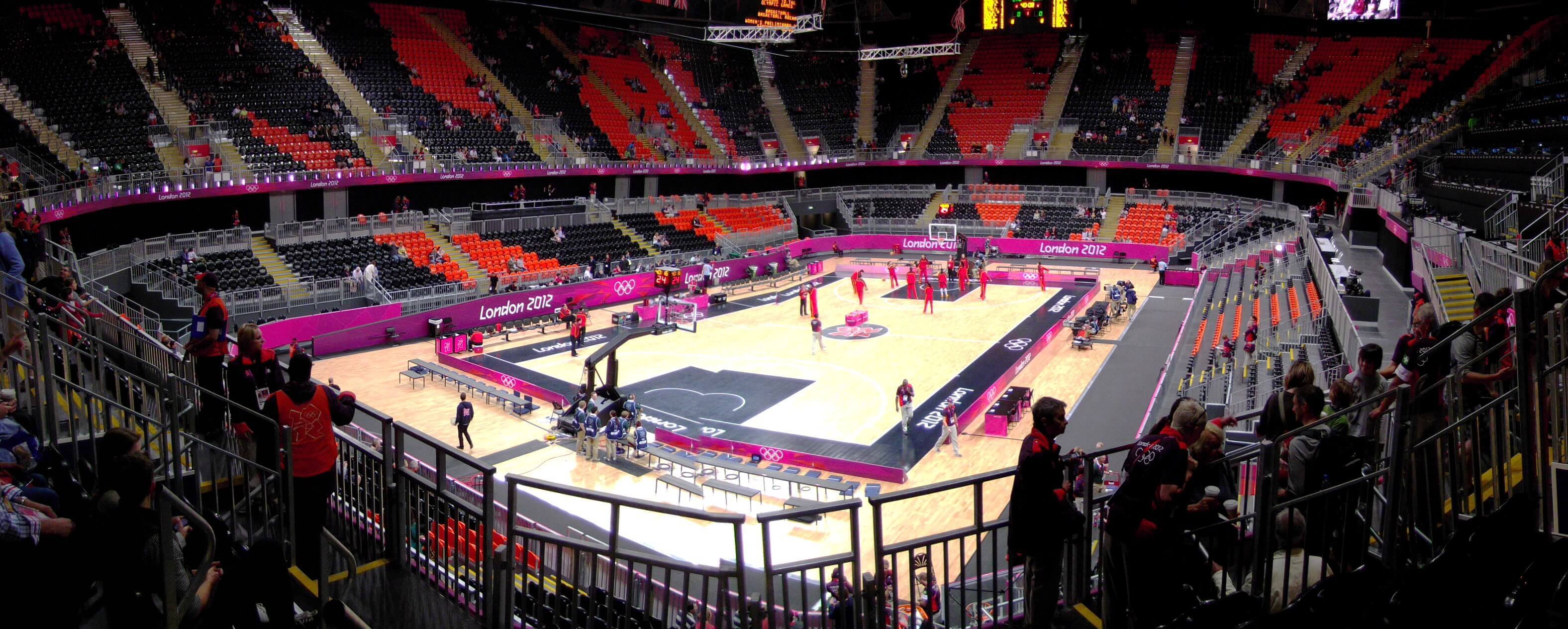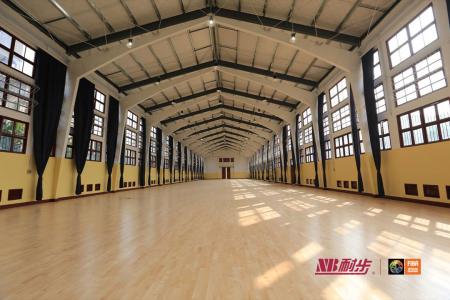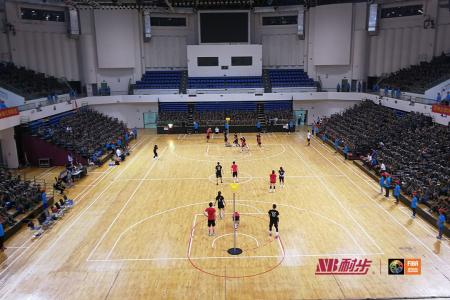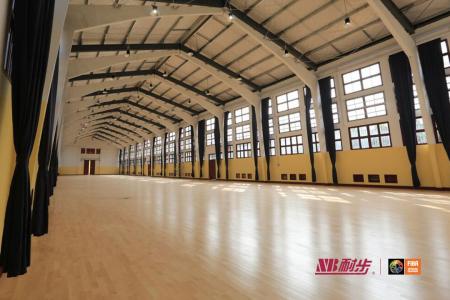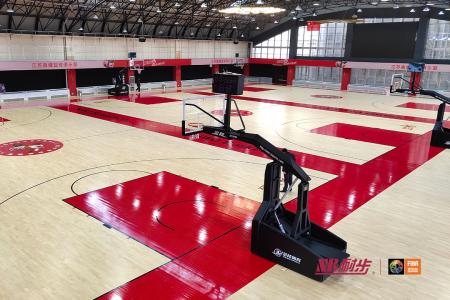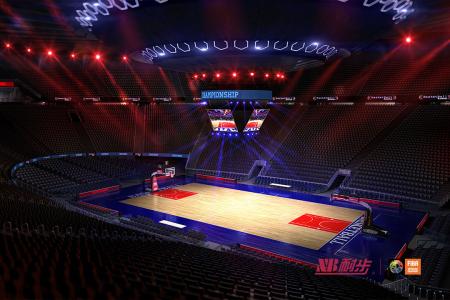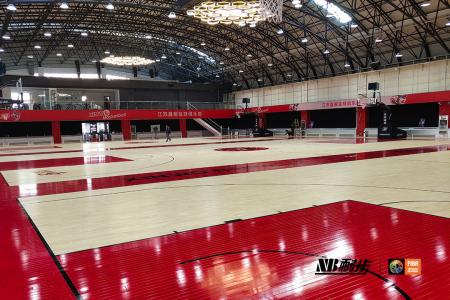Trend Guide: Tips for grading sports flooring

Sports There are many different levels of flooring requirements in different sports venues. This is not only related to the safety and performance of the sports venues, but also directly affects the performance of athletes and the results of competitions. Therefore, understanding the grading techniques of sports flooring has become an important knowledge point. When choosing a suitable sports floor, we need to consider many factors such as the characteristics of sports events, venue environment, usage requirements, etc. Let us take a closer look at the classification of sports flooring.
Generally speaking, the classification of sports floors is mainly based on the following aspects: material, elasticity, friction coefficient, shock absorption, wear resistance, safety, etc. Different sports have different requirements for flooring, so the classification of sports floors is also diverse. Next, we will introduce in detail the classification of several common sports flooring.
The first is the basketball court floor. Basketball is a sport that requires fast running and frequent movement. Therefore, the basketball court floor requires high elasticity and wear resistance, and composite floors with suspended structures are generally used. This kind of floor has good shock absorption and elasticity, which can effectively reduce the risk of injury to athletes and improve the quality of competition.
The second is the badminton court floor. Badminton is a sport that requires quick turns and flexible movement, so the friction coefficient and elasticity of the badminton court floor are its focus. PVC floors or suspended wooden floors are usually used, which have better grip and rebound, helping athletes better control their movements and reduce the risk of sports injuries.
Then there is the tennis court floor. Tennis is a sport that requires fast running and braking, so the wear resistance and elasticity of the tennis court floor are key. Common tennis court floor materials include plastic flooring and grass, both of which have good wear resistance and elasticity and can meet the speed and response requirements of tennis matches.
In addition to the above common sports floor classifications, there are many other sports that have different floor requirements. Whether it is an indoor or outdoor sports venue, choosing the right flooring grade is critical to athlete performance and safety. I hope that through the introduction of this article, you can better understand the grading techniques of sports flooring and help you choose sports venues.

